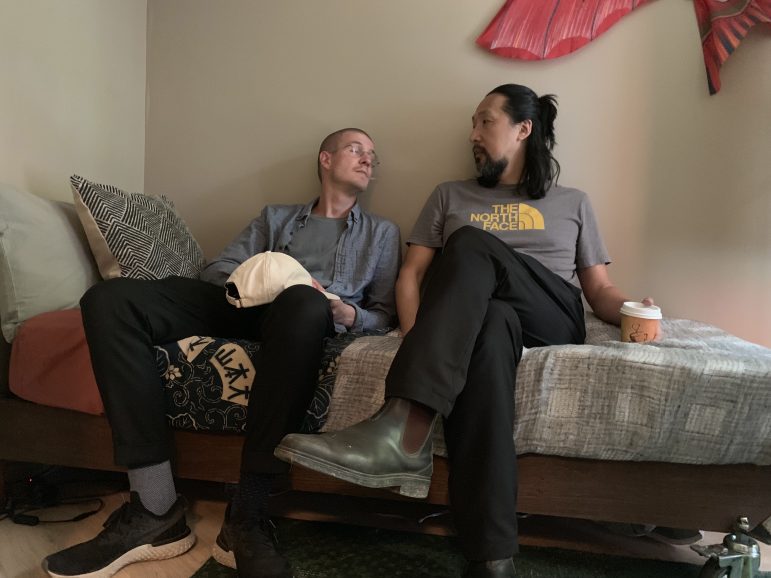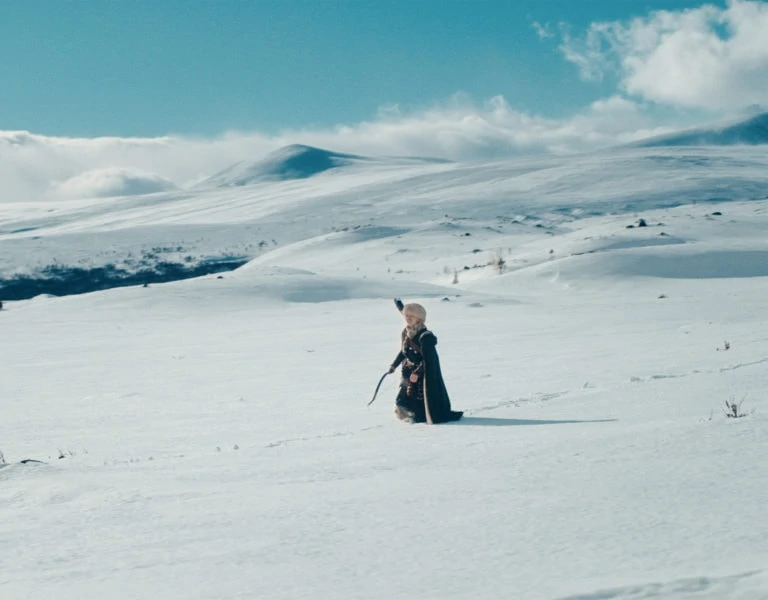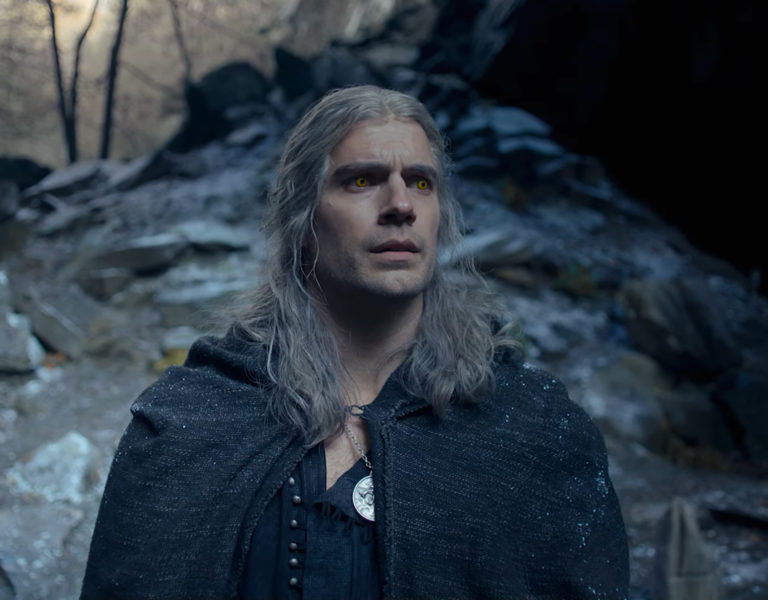LOVE AND ROBOTS
A human story with a robot at its heart, After Yang’s soft brand of sci-fi oils the cogs of a saturated genre. Cinematographer Benjamin Loeb FNF captures the nuances of a grieving family in his understated lensing.
It’s not diamonds that are a girl’s best friend, but rather a second-hand robot called Yang, if A24’s latest offbeat production is anything to go by. After Yang, adapted from a short story by Alexander Weinstein, follows Jake and Kyra (Colin Farrell and Jodie Turner-Smith) and their adopted daughter, Mika (Malea Emma Tjandrawidjaja), whose android big brother (Justin H. Min) has fatally malfunctioned.
With Mika being adopted from China, Yang was purchased to help the youngster connect with her Asian heritage, so she is crushed when he no longer works. Jake tries his best to revive Yang for his daughter’s sake, but resetting the android proves tricky: He was bought from a reseller rather than his original manufacturer.
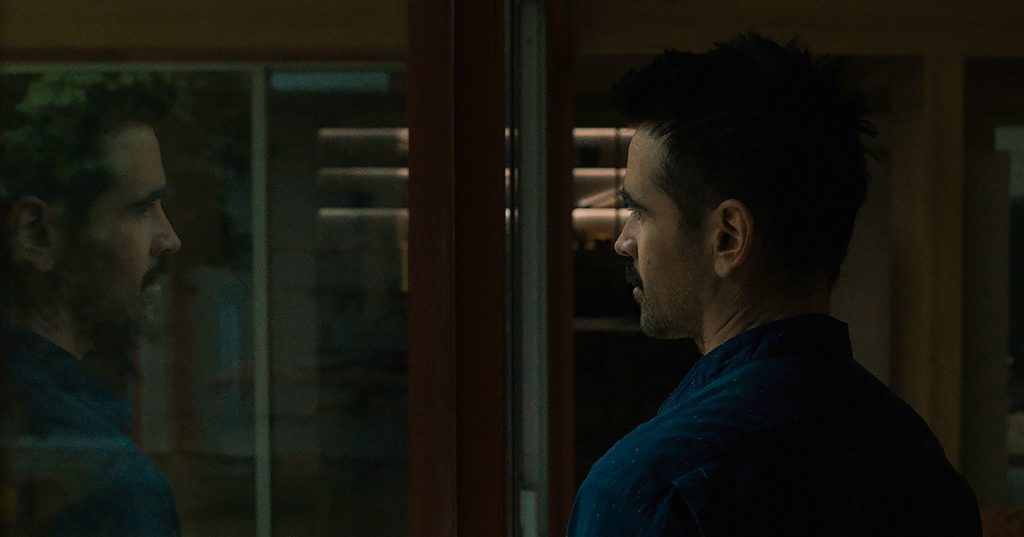
It’s a pensive second outing from South Korean-born US filmmaker Kogonada, following 2017’s Columbus. The multi-hyphenate wrote, directed, and edited both films, but he enlisted the cinematography nous of Benjamin Loeb FNF (Pieces of a Woman).
“Kogonada already had a list of four or five people that he was very happy with, but my agent had convinced him that he needed to meet one more DP,” says Loeb. “We had both been early adopters of Vimeo, and knew of each other through the platform. We had a call where we talked about heritage, family… everything that meant something to us.” The conversation clearly made an impression on Kogonada, as Loeb received an offer soon after.

The pair were quickly bonding over steaming bowls of ramen, proving food for thought. “We spent almost all of pre-production finding all of the ramen spots in New York, then essentially tried to figure out what made a good ramen broth,” Loeb recalls. “It became a weird analogy of figuring out what makes a good movie and how you make all the ingredients speak one language, but at the same time have their own DNA.”
Kogonada’s reference points for After Yang’s cinematography centred around his great inspiration, the Japanese filmmaker Yasujirō Ozu. The main homage to Ozu in After Yang are the video calls, which see Jake and Kyra looking straight into the lens. Other films that Loeb and Kogonada looked at were the Shaw Brothers’ kung fu film The Kid with the Golden Arm (a key reference for that colourful dancing credits scene) and Shunji Iwai’s All About Lily Chou-Chou.
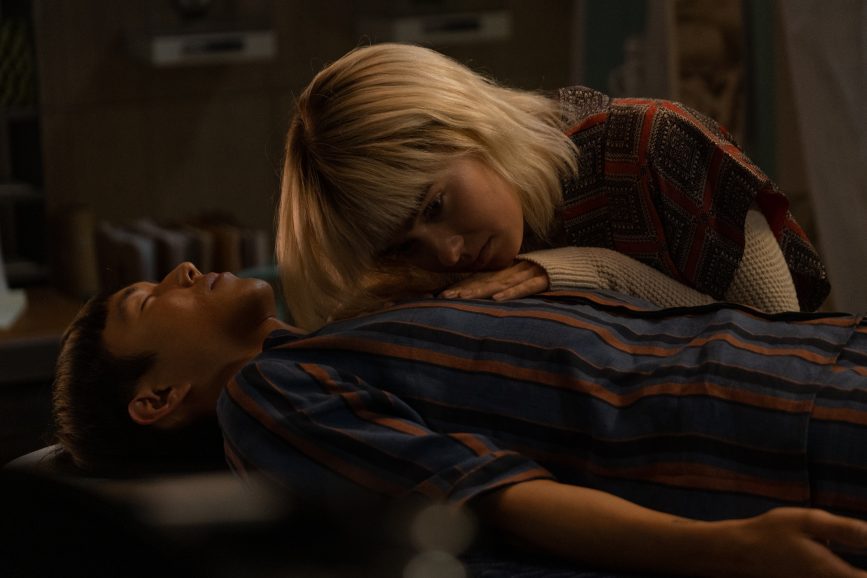
HOME COMFORTS
As After Yang is set in a nondescript city, it was a challenge for the production to find a family home for Jake and Kyra in New York that didn’t scream The Big Apple. While doing some scouting before Loeb joined, Kogonada had visited a property in the city that hadn’t quite fit the bill. Walking back to his van, he spotted the perfect location – a stunning, Joseph Eichler-designed house.
“There was nobody there, but they were able to get a little peek at it” explains Loeb. “The place was kind of falling apart – there was nothing in it. But as a shell it had such potential – so they got hold of the owner and he let us redesign the entire house inside for the film.”
Loeb spent lots of time in the house before principal photography commenced in May 2019, investigating angles, and taking plenty of photographs for mood boards. “Something that was very important to Kogonada was making sure we brought this idea of outside, inside – finding a way to make nature stand out, even when we’re inside locations,” he says. “For him, the entire story revolves around a humanity that’s hit a catastrophe. People learn that sustainability and green living is something that works. On our recces and even our tech scout, the leaves hadn’t come out yet, and we were all like, is it going to be green by the time we shoot? That was very important to us.”
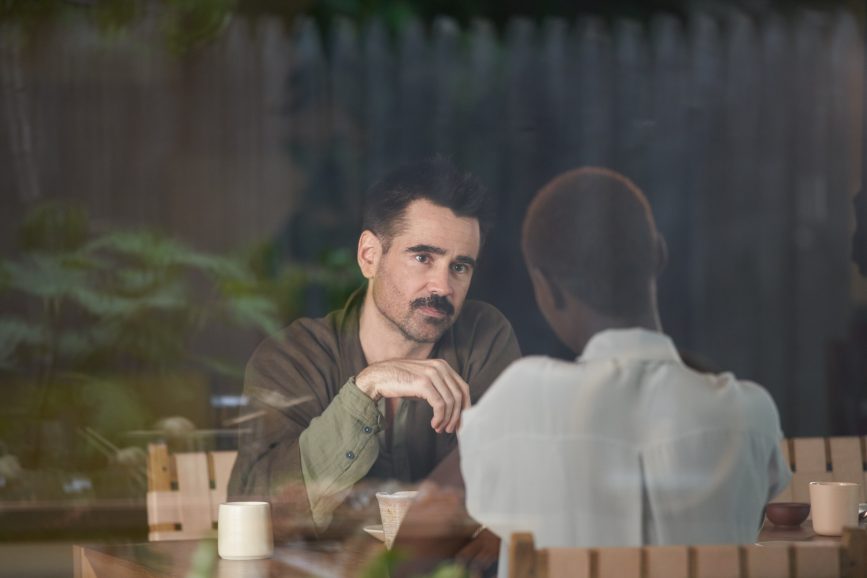
After Yang was shot on the ARRI Alexa Mini (“I’ve been an Alexa guy since the beginning,” confesses Loeb). One of the most interesting points of the film is its changing use of aspect ratios, and how Loeb echoes these in his lens choices. Most scenes are shot 2.35:1, while video call scenes are 1.33:1 and scenes from Yang’s memories are 1.85:1. “I tend to find this idea of switching aspect ratio a little bit gimmicky, but for this it narratively made sense that the different elements would look slightly different,” he says.
He spoke to Panavision early on and they put together a few different lens sets for testing. “We ended up with some Primo lenses that we detuned from Panavision for the main language that was mainly sort of static shots,” he says. “We wanted all the human memories to have the same texture in terms of glass and the same aspect ratio. We wanted them to feel more like fragmented elements of memory, so we shot all of those handheld.”

For those video call homages to Ozu, Loeb wanted to use something close to the Japanese filmmaker’s era. “The only thing that we could really find that Panavision had was this Pathé 53mm lens that technically has PT Anderson’s name on it! He’s used it intermittently for things here and there. But we tested that for the 4×3 conversations, and it just had a different type of vibe.”
For Yang’s memories, Loeb pitched the idea of going even lower-fi to Kogonada, who loved it. “We ended up using the Super 16 crop on the ALEXA, so essentially just to have even less depth and less resolution,” he remembers. “I found this Canon 8-64mm lens that had this weird bend in it, it wasn’t really perfect – like again, there was some kind of imperfection that felt like it fit something that wasn’t necessarily human, that didn’t necessarily see things in a perfect way – where there was some kind of distortion that made sense to us.”

TEXTURE AND SHADOWS
Loeb’s wider crew included gaffer Andrew Hubbard and key grip Ethan June. At the time, the pair were working on a movie with Paweł Pogorzelski, but set on bringing these talents to After Yang, Loeb rang Paweł and asked for their early release – which he very kindly did.
“Andrew is one of my favourite people I’ve worked with – I’d bring him on everything if I could,” Loeb says. “He has an amazing taste and we talked about this idea of really trying to separate the colours. All our balances were built as HMI balances to keep a little bit of coolness to the shadows and in essentially the soft light, then we built all our direct light with tungsten sources.”
The Joseph Eichler house proved the trickiest location to light, as Loeb explains: “We essentially had two fly swatters over the house to take out all the sun and then we had another Condor with a T24 Tungsten unit that was able to rotate around the house and give us a key wherever we needed it. All our interior lighting had a few soft boxes in the ceiling and for all our practicals, Andrew and his best boy put them on DMX, so we had it all off of his iPad. It made it easy for to make quick adjustments and be flexible.”
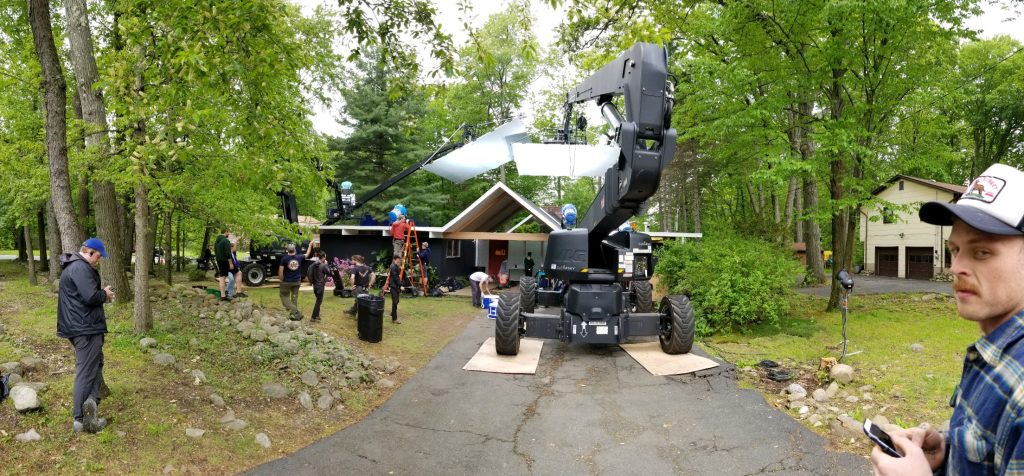
Joe Gawler at Harbor Picture Company was responsible for the grade. Loeb was unable to shoot After Yang on film, so he and Kogonada were keen to find something digitally that had texture and shadow. They studied Gawler’s work on Arrival, which Kogonada felt had just the right depth and texture needed.
“With Joe, I felt like he had this chameleon aspect where he can work with so many different elements in different ways, and it still has a level of finesse and beauty to it,” says Loeb. “I told him we wanted to retain shadows, and work in a way where we could take away the ambience that existed in rooms and paint in the layers – essentially starting with an underexposed image. He built a LUT for us that had a 30% gamma adjustment, making everything darker. It became like pulling a stock that’s a bit less sensitive and gave us something that felt underexposed, letting me and Andrew go in and put layers where we wanted them to be.”
Of all the people he worked with to lens After Yang, however, Loeb’s proudest moment from filming was collaborating with Kogonada himself, rating the filmmaker’s zen approach. “It was the quietest set I’ve ever been on,” he recalls. “Not necessarily the most focused, but he created an ambience on set that really helped everybody work in that way. I’m all for this idea of treating people with kindness and giving agency to be able to understand what he’s trying to create, and I think it’s something I’ve taken onto every project I’ve gone into since. He’s one of those people who is always curious about the humans around him, so he’d continuously ask questions – it’s a part of his process and I really appreciated that.”
